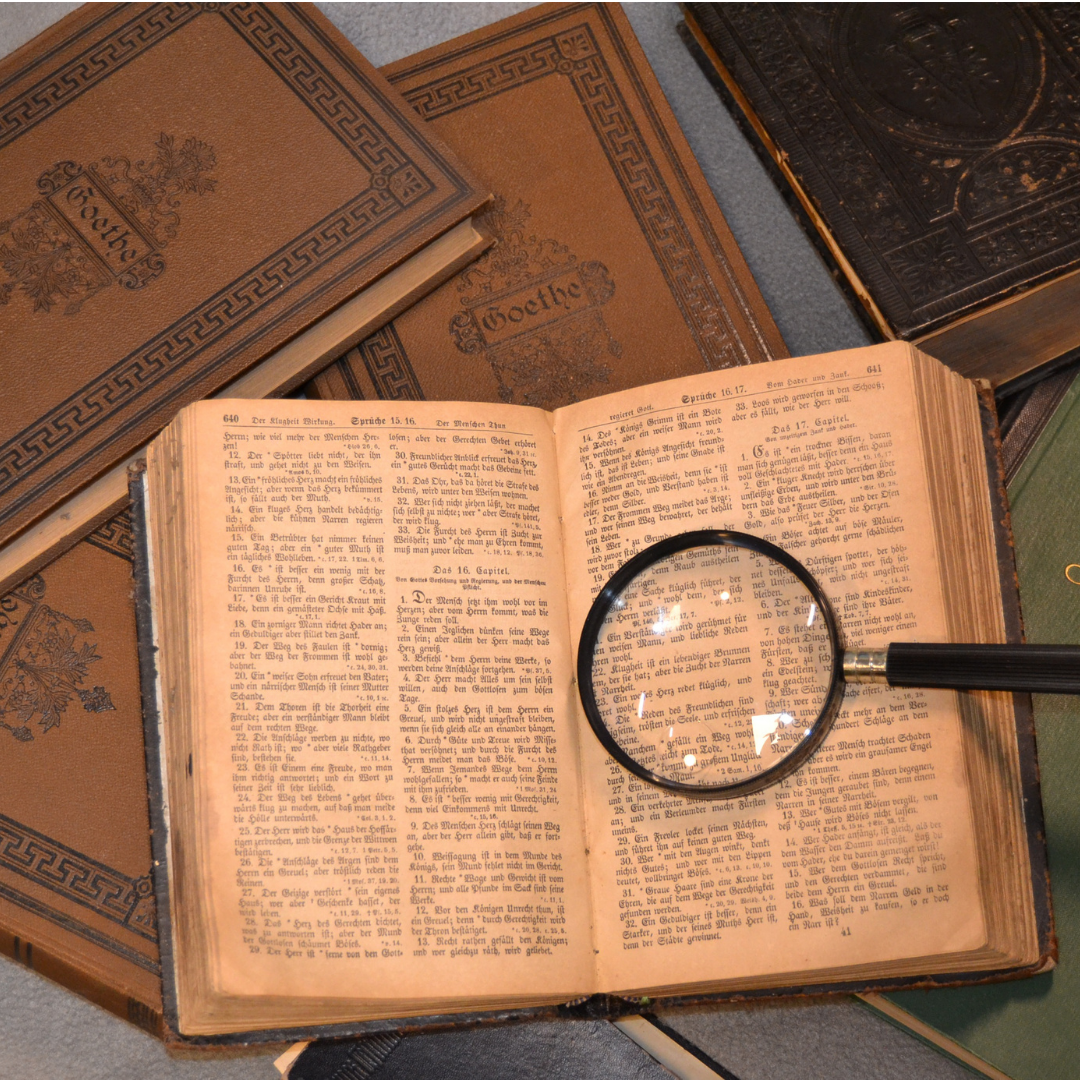We’re all familiar with greeting cards. It’s common to receive one for almost any occasion, be it a birthday, retirement, wedding, graduation, or anniversary just to name a few. While a card can cost anywhere from 50 cent to £10.00, the industry is still alive today. As of 2019, according to the Greeting Card Association, the greeting card industry is worth $7.5 billion (£5.3 billion) in annual retail sales. Despite the technology-driven world we live in today, eight out of ten people consider greeting cards an essential purchase and a significant part to celebrating and acknowledging various events. So, where does this concept of giving and exchanging greeting cards come from?
Origin of the Greeting Card
Sending greeting cards can be traced back to the ancient Chinese, who had the custom of exchanging good will messages to celebrate the New Year. The early Egyptians also developed their own tradition of conveying messages on papyrus scrolls (just imagine the effort gone into hand-crafting these each time!). The Germans are said to have printed New Year’s greetings from cuts of wood around 1400, and by the early 1500s, Valentines cards were being exchanged around Europe.
It’s safe to say that various parts of the world found their own methods of sending their greetings, holding great significance to cards as time went on. Arguably, the more society grows towards electronics and the internet as a means of communication, you could say that greeting cards hold a growing significance when it comes to conveying a more authentic, personal message. Now you know how it all started, perhaps you can go ahead and craft your own papyrus scrolls next time the New Year rolls around!




